SUMMER EVENING IN MARLERA
Marlera is a coastal area that includes some of my favorite beaches. I'm often there in Summer because nature is interesting and the place isn't far from where I live. Only a couple of kilometers from the village of Liznjan, and five or six kilometers from Medulin, my hometown.
In this post, I'll show you what I found and photographed in Marlera one hot summer evening, four months ago.

Four months doesn't sound like much, but now, in this cold December, it feels like ages ago. Almost like the summer happened in another lifetime.
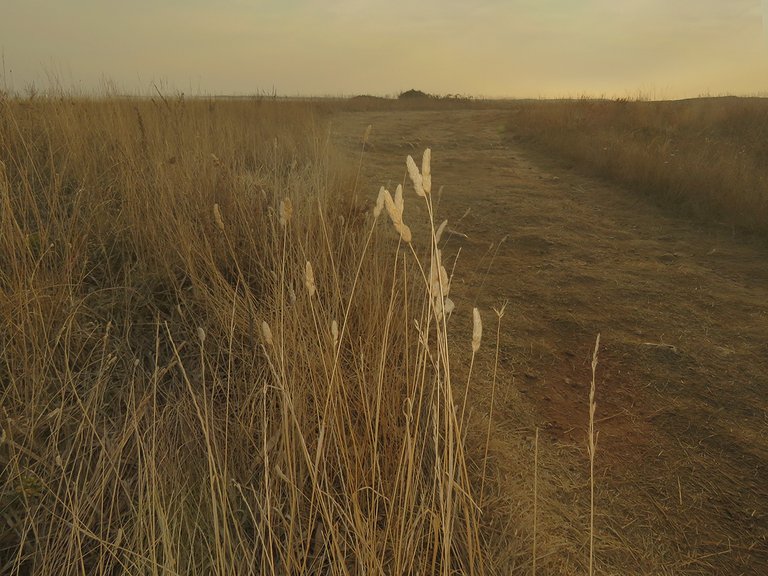
The vegetation was for the most part dry and unpaved roads were dusty.
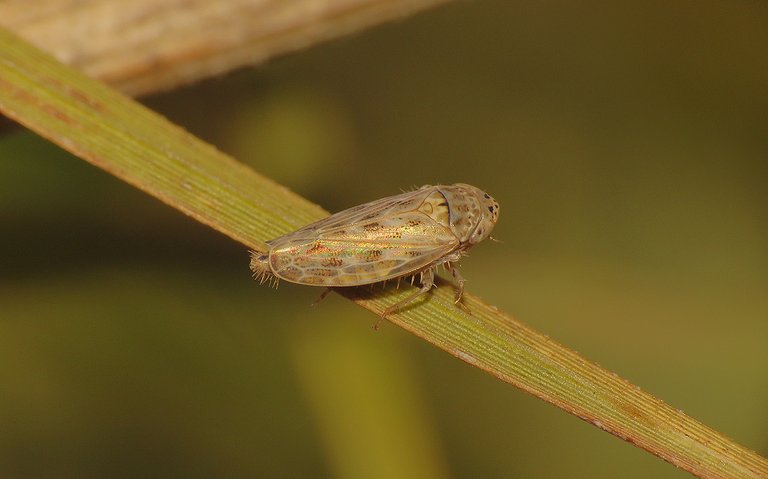
Many insects were hidden from the sun during the hottest hours and started getting active only in the late afternoon.
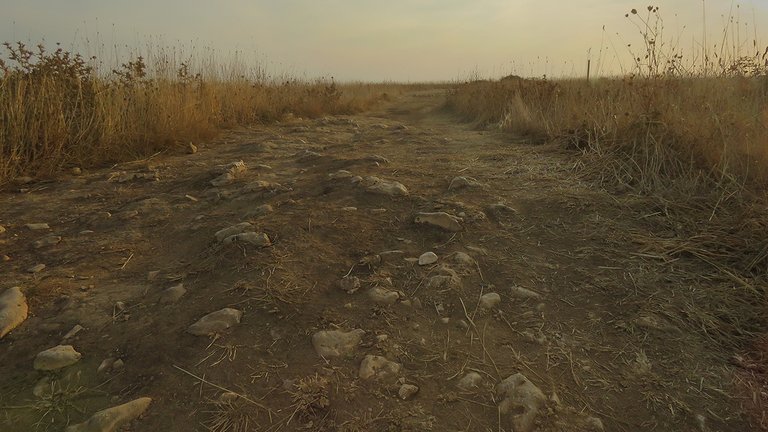
My immediate surroundings looked a bit desolate ...
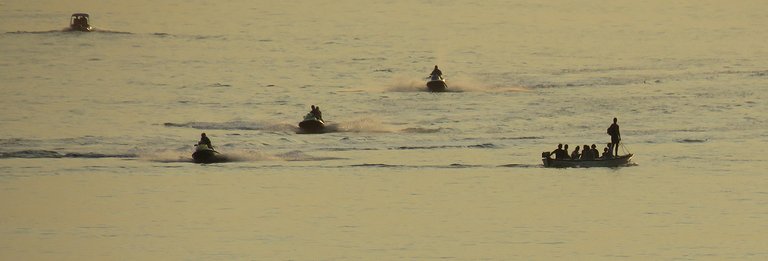
... but a kilometer or so further, on the sea, there was plenty of action ...
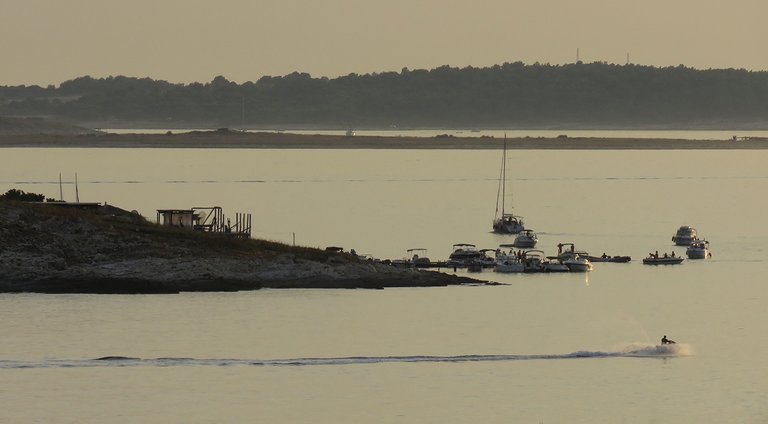
... around the attractive islet called Levan. Levan has a stretch of white sandy beach rare and non-typical for this area, it has a pier and a restaurant that can provide food, drink, music, and a bit of shade in a treeless piece of land covered with dry, often thorny vegetation and surrounded by the sea.
In this shot, you can see the much smaller islet called Levanich. Which literally means "small Levan". Levanich is a diminutive of the word Levan. That islet is practically all rocks with just a bit of soil and vegetation in its center.
Here you can see a man in a small boat fishing while the water scooter is speeding by.
In this photograph, I zoomed in on the fisherman a bit more.
Here the focus is on the firm land again. You can see the thorny, dried-out leaves of the Scolymus hispanicus plant in the foreground, and the dusty road with a bit of scenery in the background.
This grasshopper, the Calliptamus italicus, is one of those species that don't mind the midday sun. In this case, the insect was photographed late in the afternoon, but you can see these locusts jumping around at any time of the day.
In this set of four photographs, the Calliptamus italicus is using the foreleg to clean its pretty big compound eye.
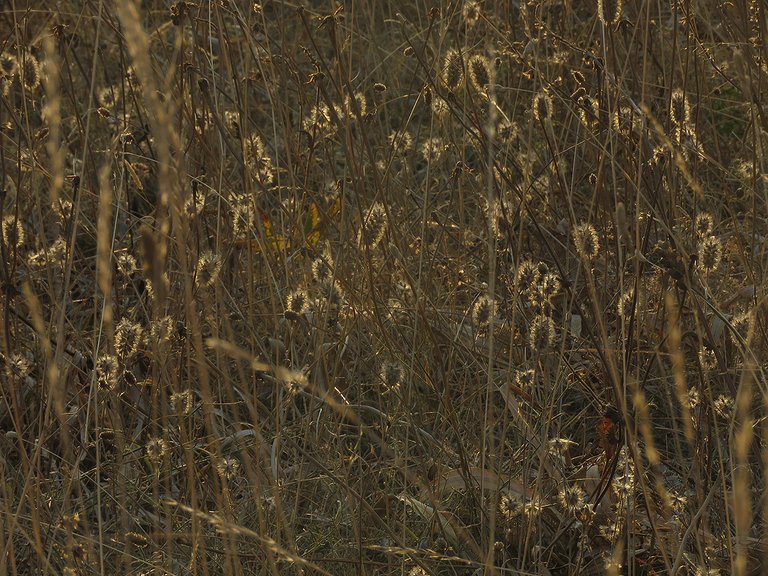
In this chaotic and pretty generic shot that lacks a clear subject, you can take a look at the mess made of dried-out grass. At one point, while walking through the grass ...
... I came across a piece of rock shown here, in this enlargeable photograph. When I overturned the thing ...
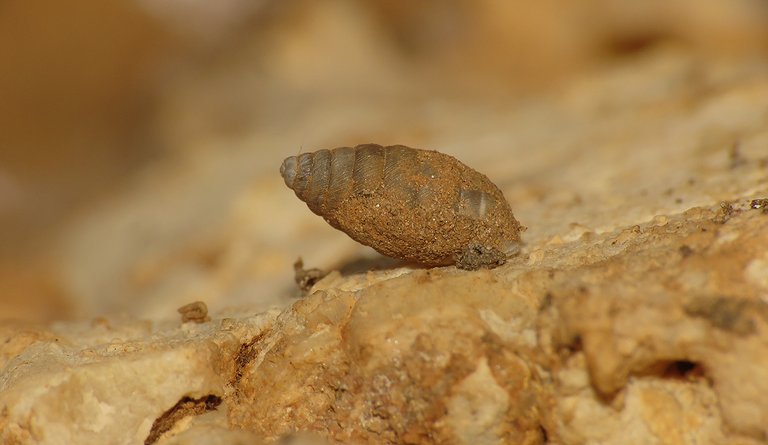
... I found two creatures under it. A small snail from the Chondrinidae family ...
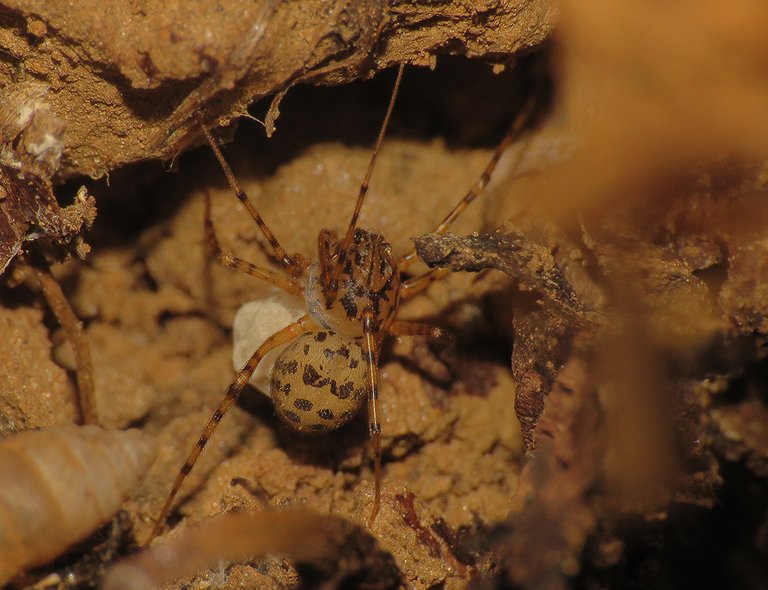
... and this interesting spider ...
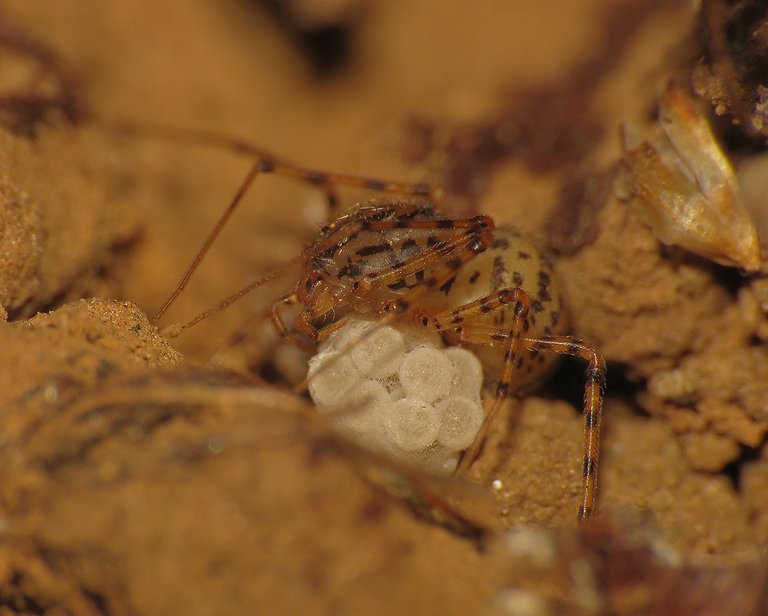
... that was carrying a bunch of eggs.

This is the Scytodes thoracica, a spider from the Scytodidae family. Species from that family are commonly known as spitting spiders. They use the silk from the cephalothorax glands to catch the prey, and they do it in a very particular way, by spitting two venomous, paralyzing threads. The Scytodes thoracica is a very slow spider, so it sneaks very carefully, and then, from a one-centimeter distance (approximately) spits the threads. It's a nocturnal species that hunts in the dark.

Here you can take a look at the sky and the trails left by the planes. It's time to take a break from the macro view and the yellow, brown, and orange colors of those earthy scenes.
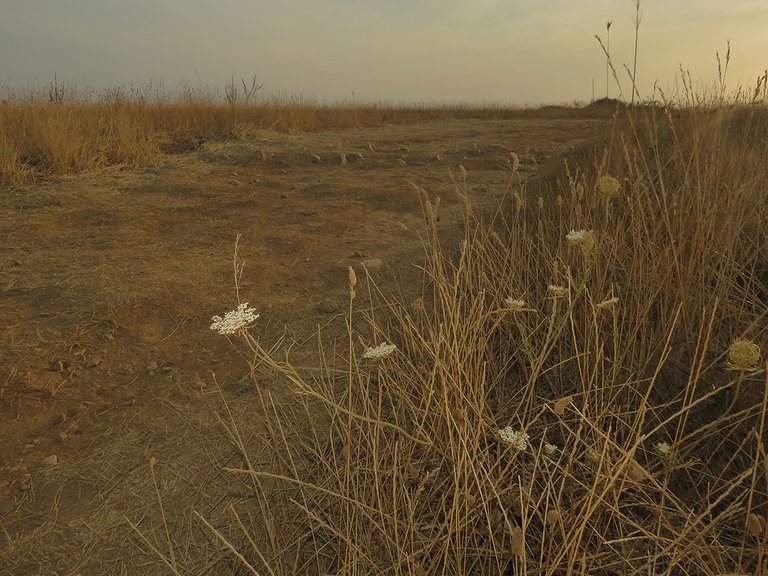
In the foreground of this photograph, you can see a small dose of refreshing white provided by the composite flowers of the wild carrot (Daucus carota). In the following shot ...
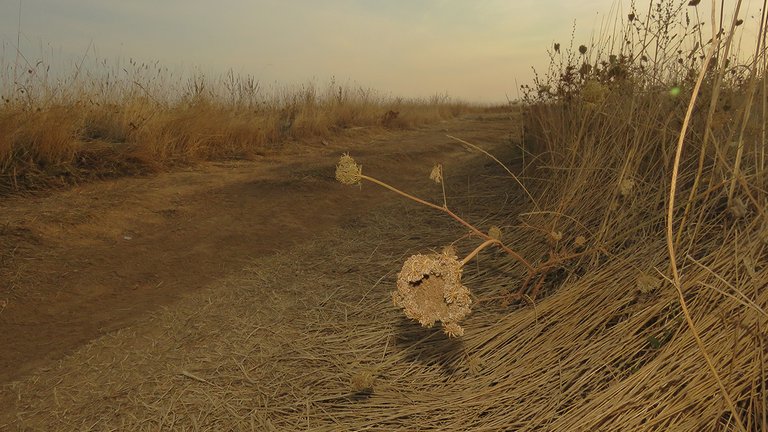
... the flowerheads have lost the petals and produced a multitude of tiny fruits, adding more brown to the mostly brown scenery.

Here you can see the Eilema lutarella, a moth from the Erebidae family ...
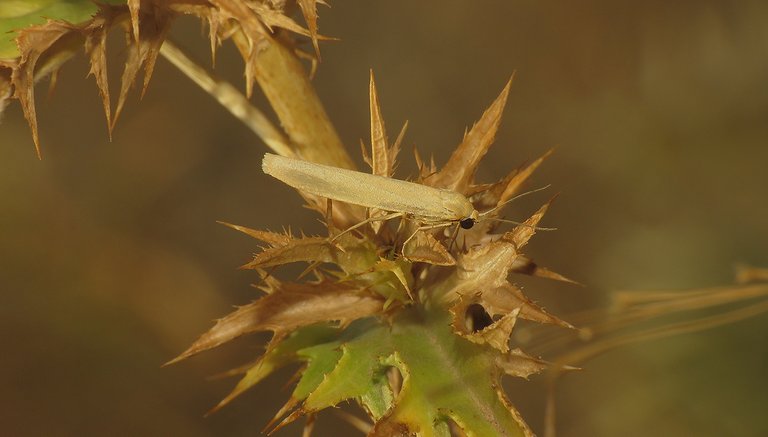
... that landed on the thorns of the Scolymus hispanicus plant. In the following photograph, thanks to the very good zooming capabilities of my camera ...
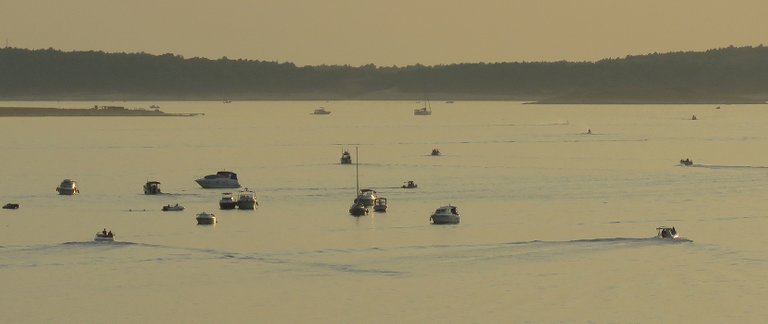
... I'm observing the distant action on the sea around Levan.
The scooters are joyfully speeding.
Small motorboats are driving back and forth between the islet and Marlera.
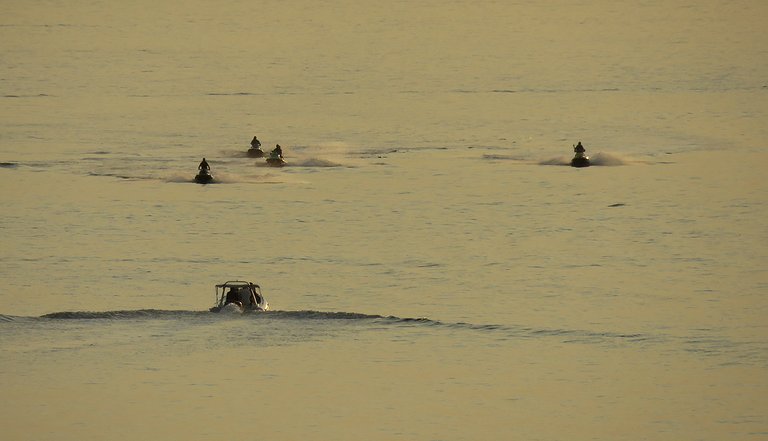
I'm surrounded by a quiet evening atmosphere, but at the same time, I have a nice view of the distant action. The visuals are crisp and clear through the lens of the camera, but the sounds are muted because of the distance. And that's great for my contemplative state of mind.
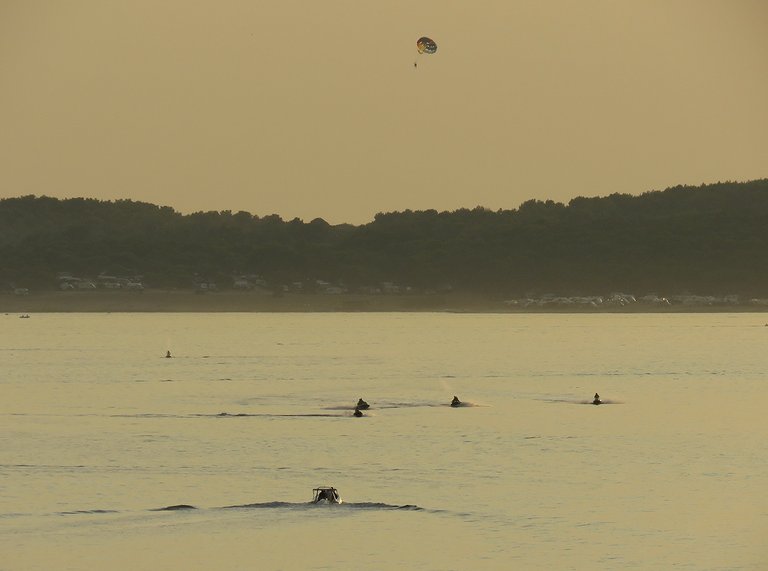
At one point a colorful parachute that looked a bit like some kind of celestial jellyfish, appeared low in the sky. The insect, shown in the following photograph ...

... is a young, wingless nymph of the Dicranocephalus agilis, a spurge bug from the Stenocephalidae family.
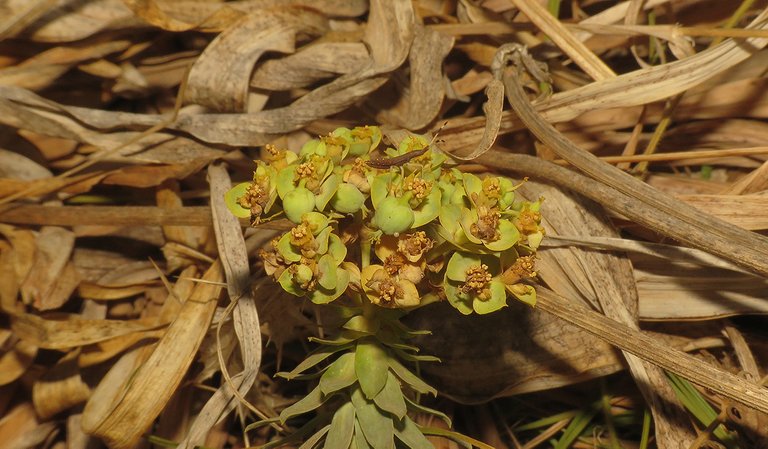
It was photographed on the Euphorbia nicaeensis plant ...
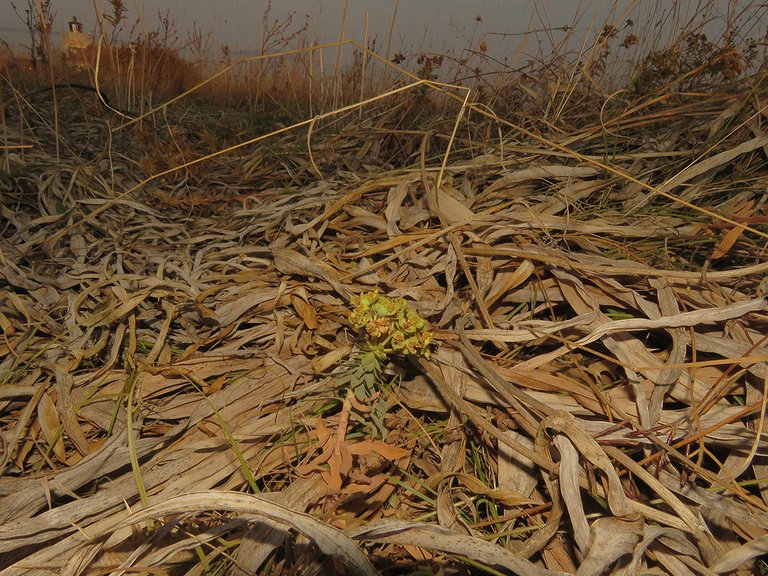
... surrounded by what looked like a sea of elongated dead leaves.
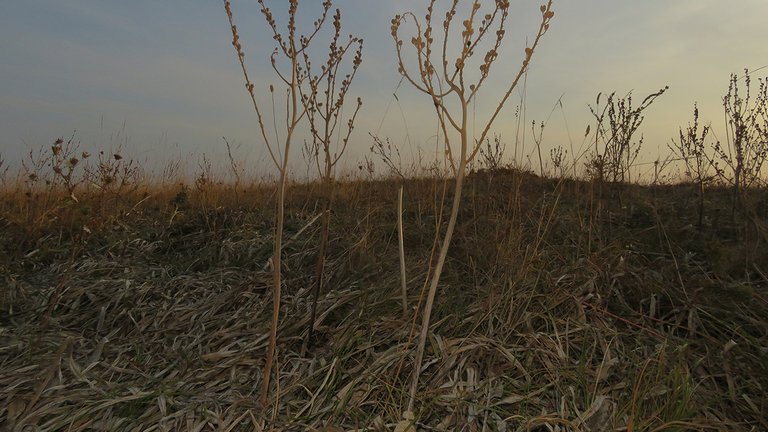
The main protagonists of this shot, shown in the foreground of the picture, are the desiccated remains of the Asphodelus ramosus plant. Under each of those stems and branches ...
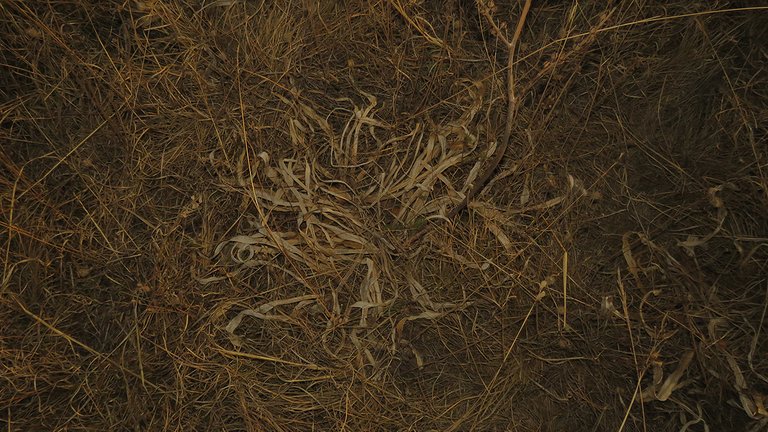
... there was plenty of dried-out foliage.
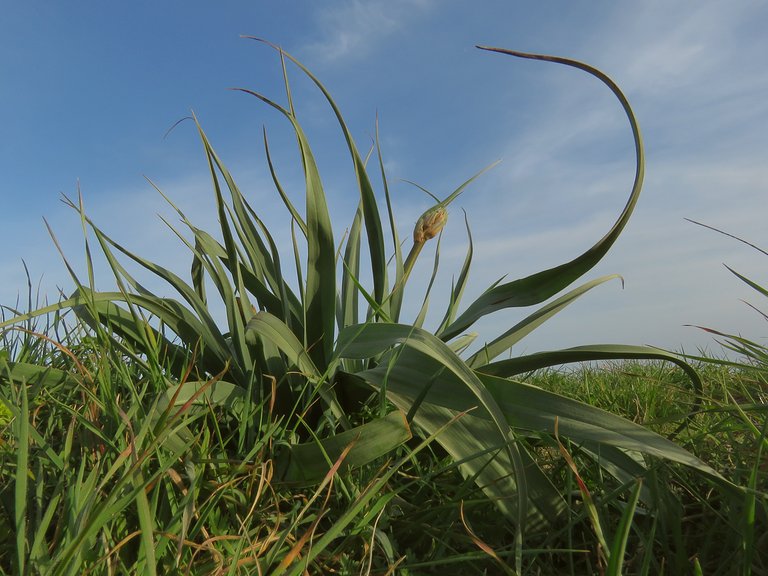
Here you can see how those leaves look in their prime. The photograph was taken in April 2021.
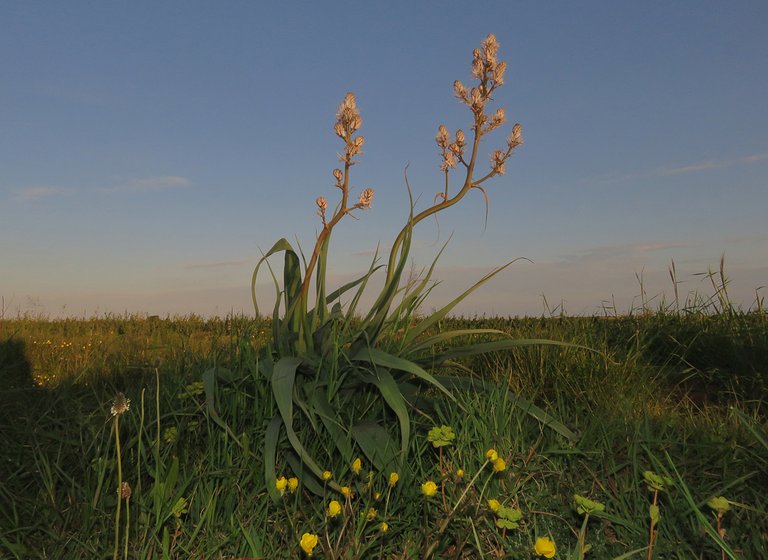
Here you can see the entire plant, while in the following set of three photographs ...
... the focus is on the beautiful flowers. Now you can get an idea of how different the scenery was in springtime.
The ground covered with a multitude of dried-out leaves provided by Asphodelus ramosus plants at the end of their life cycle is an interesting habitat to explore through the macro lens.
I found a nice variety of creatures there.
In his set of photographs, you can see the Loboptera decipiens, a small nocturnal cockroach from the Ectobiidae family.
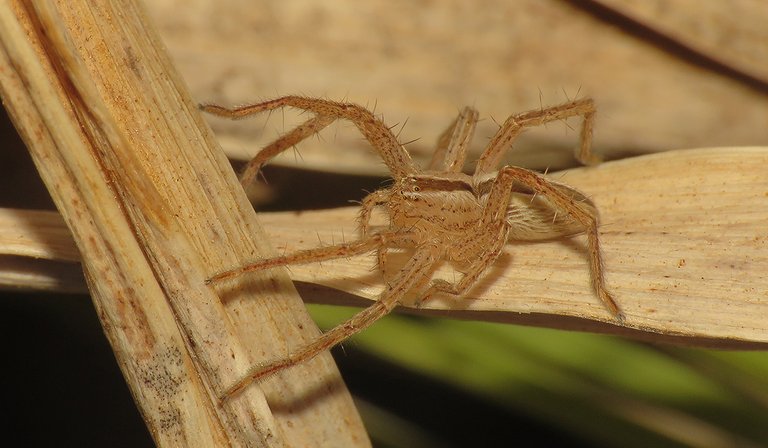
This spider, the Micrommata ligurina from the Sparassidae family is a well-camouflaged ambush predator. This is the male. Females are green and considerably bigger.
Here you can (barely) see a well-hidden grasshopper. In the following photograph ...
... the insect is in the open so you can take a better look at all the features of its external anatomy. Can't tell you the name of the species. It's definitively a nymph, not a completely developed adult, that much I know. But that's all.
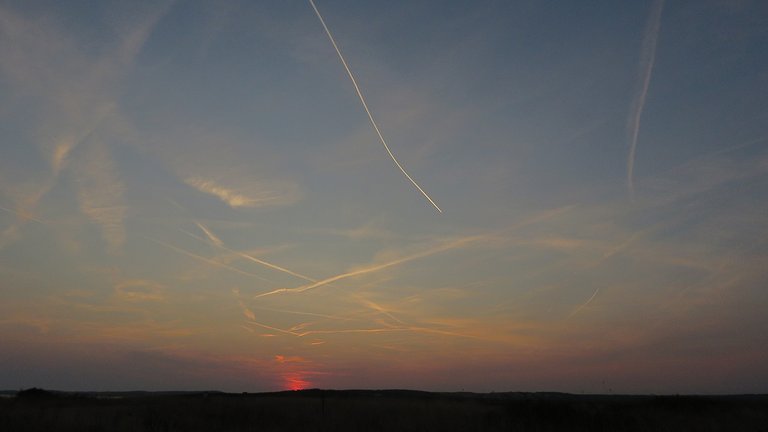
While I was photographing the spiders and insects ...
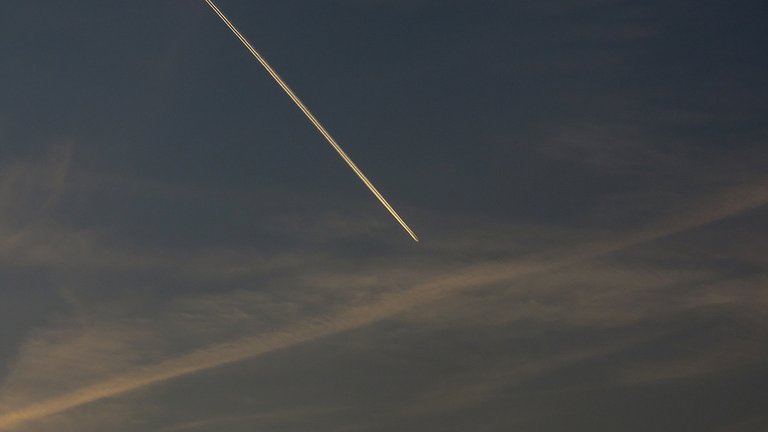
... a plane was flying high above my head ...
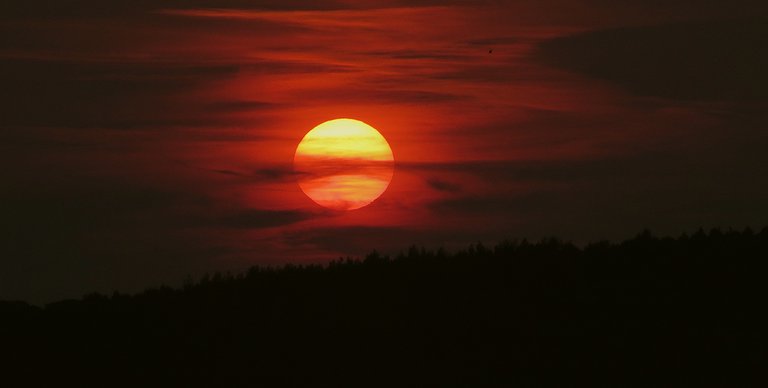
... and the setting sun was ready to slip behind the horizon.

Here you can see the Euscelidius variegatus, a small leafhopper from the Cicadellidae family ...
... that at one point started energetically cleaning its legs, wings & eyes, and in the following photograph ...
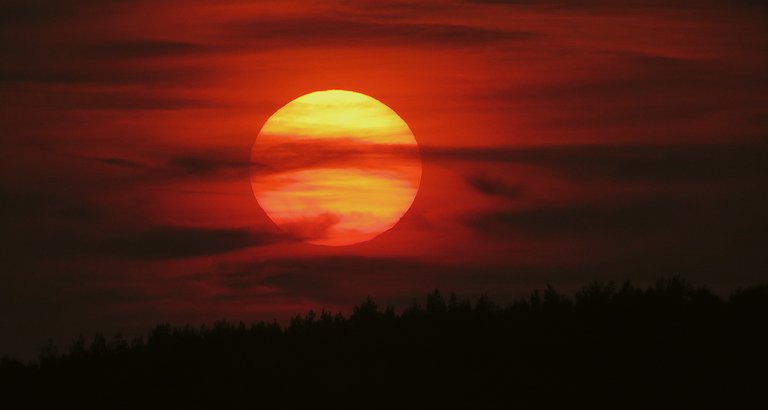
... you can take another look at the beautiful disc of the sun. Layers of clouds created an illusion of looking at some giant gas planet similar to Jupiter.
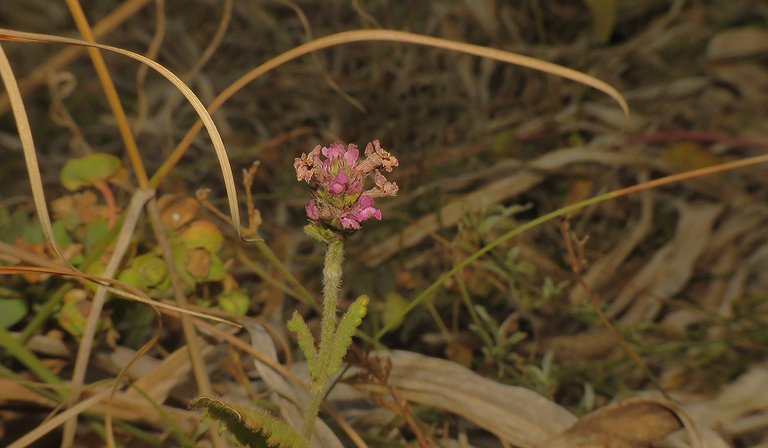
Here you can see a bunch of small flowers ...
... a fragment of pink lost in the shades of brown. Can't tell you what plant is this.
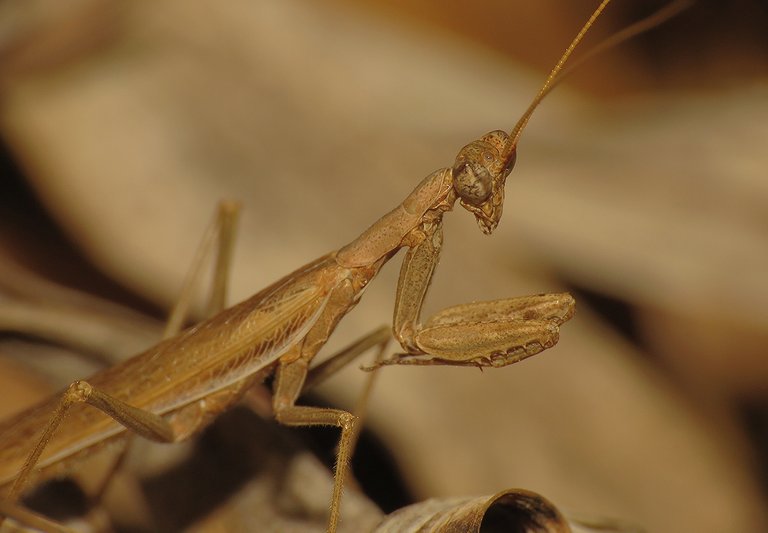
This is another ambush predator.
A well-camouflaged male of the European mantis (Mantis religiosa).
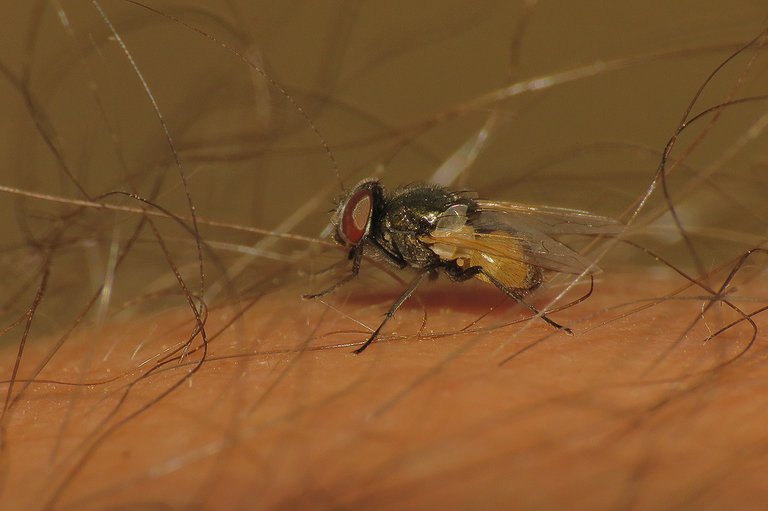
When it comes to the small fly shown in this photograph, I can't tell you the name of the species or anything else about it, but I remember that it wasn't the only one and that those flies were pretty annoying.
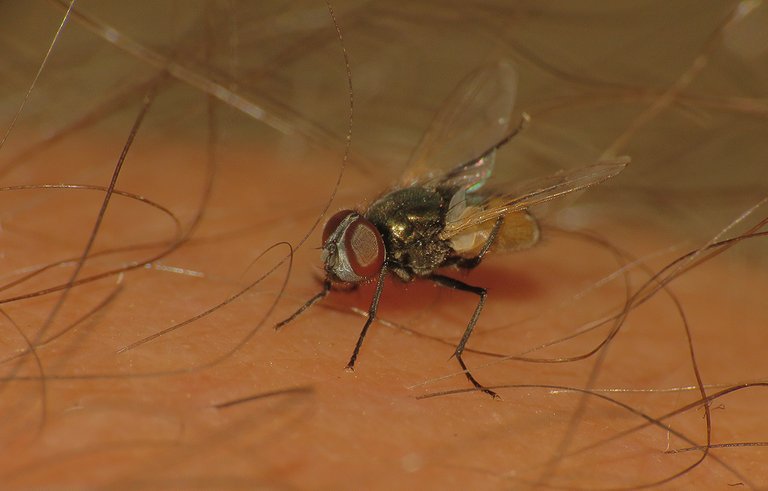
The fly was photographed in the weird macro landscape found on my leg.
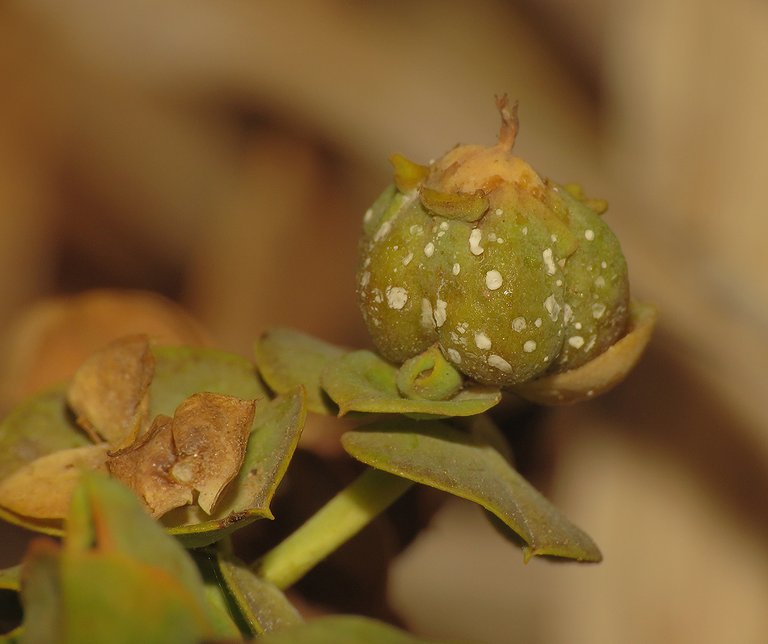
This small fruit ...
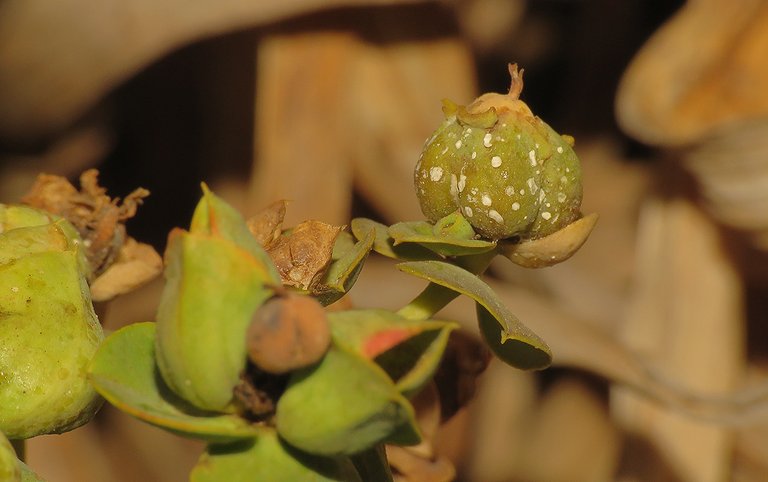
... belongs to the Euphorbia nicaeensis spurge.
When I was done exploring the stuff hidden among the dried-out leaves ...
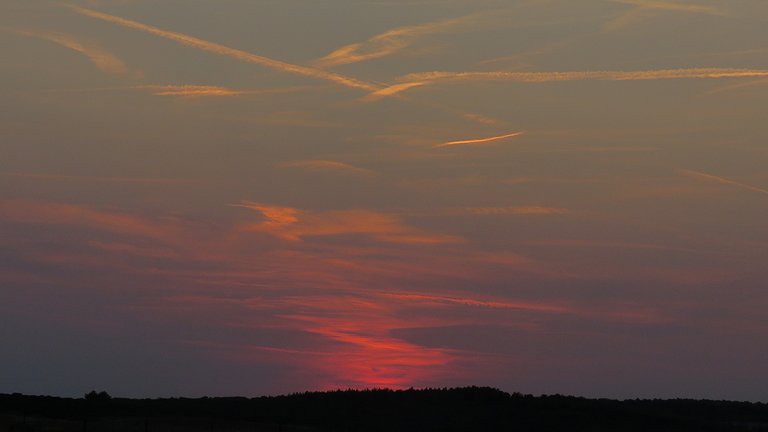
... the sun wasn't visible anymore. But its light was still coloring the sky. The following photograph ...
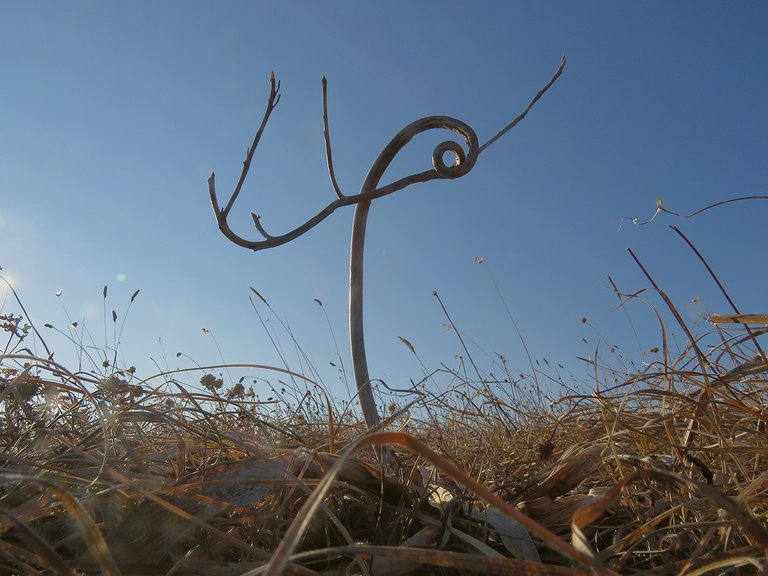
... was taken earlier that day. You can see an interestingly twisted Asphodelus ramosus here. I mean, the dead, desiccated remains of that photogenic plant.
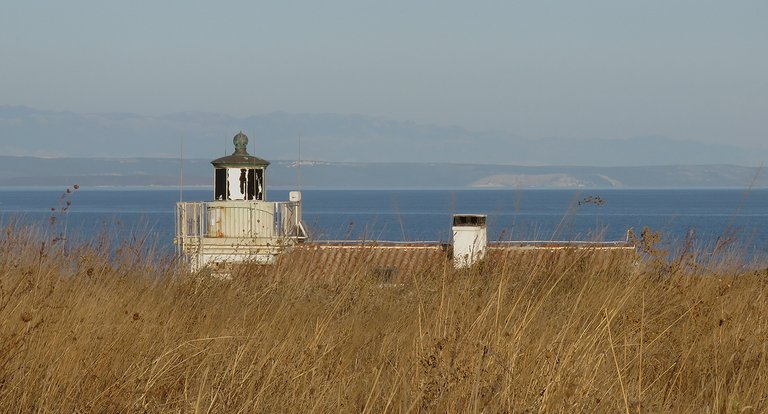
Here, in another early shot, you can see the upper part of the small lighthouse on cape Marlera.
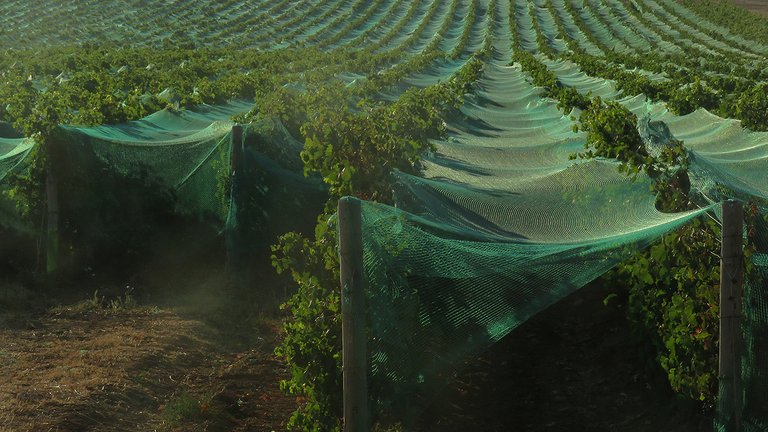
This photograph shows the nearby vineyard. A large patch of green surrounded by brown-colored meadows.
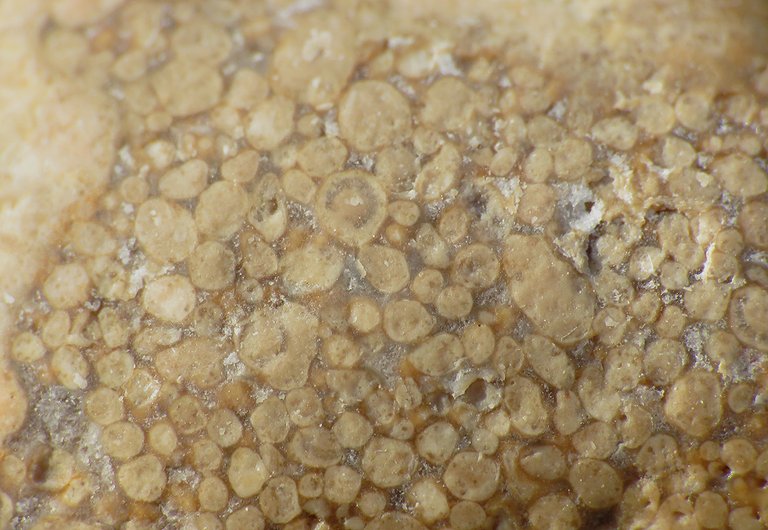
This photograph was taken through the macro lens. It shows the interesting structure of one of the rocks hidden in the grass.

These fossils of rudists were found on a bigger rock that was protruding from the grass. Rudists are a group of extinct heterodont bivalve Molluscs that have no direct descendants among living organisms. The thorny plant, shown in the following photograph ...
... is the Eryngium amethystinum plant.
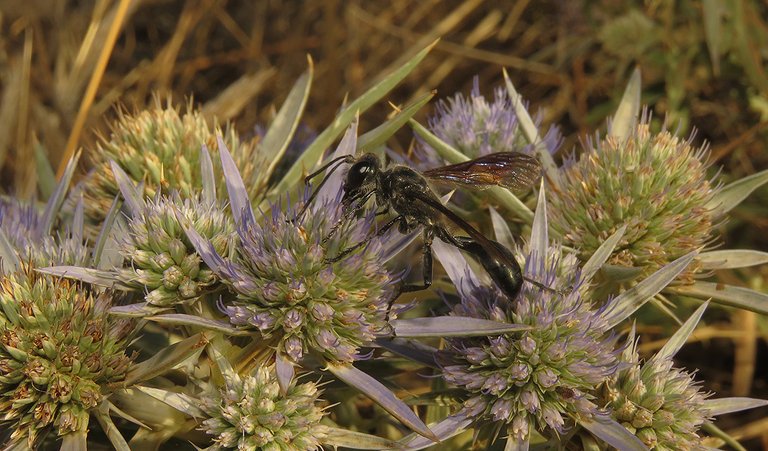
A pretty big black wasp was feeding on its flowers.
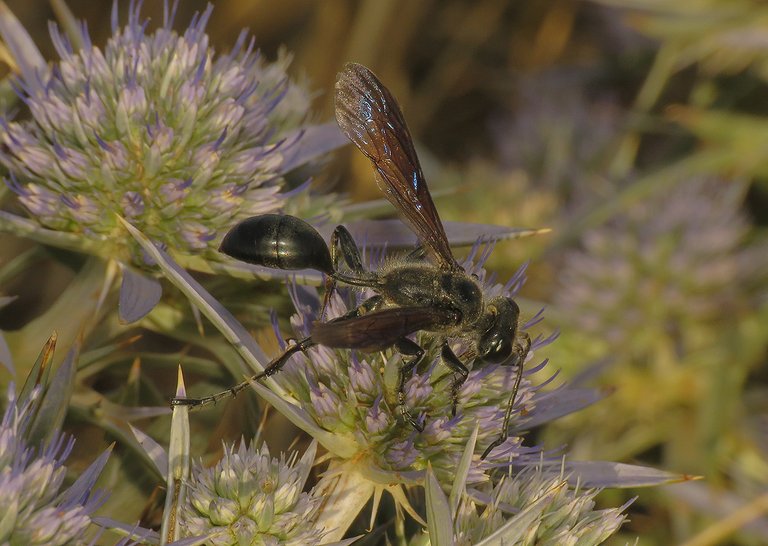
This is the Isodontia mexicana, a North American species that can be found across the Mediterranean parts of Europe as well.
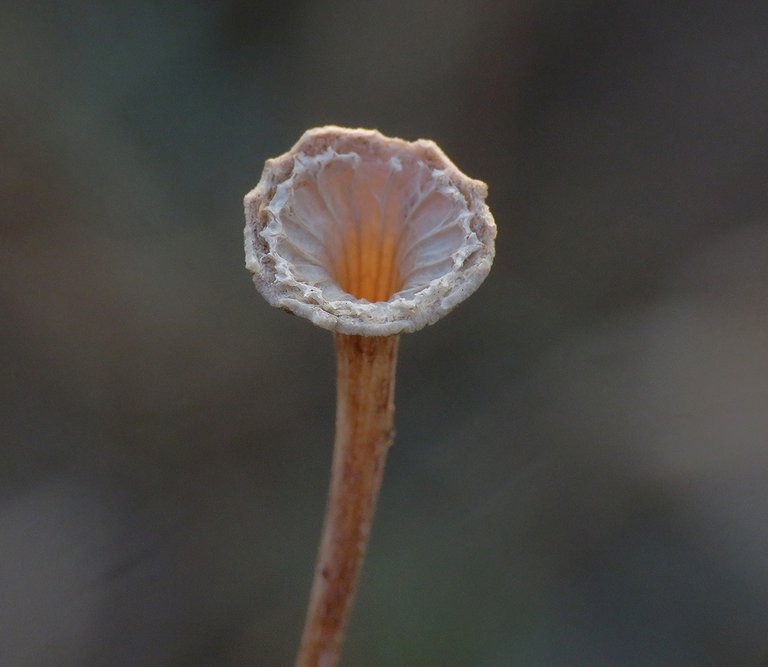
Can't tell you much about this interesting desiccated thing. It's what remains of some kind of plant but can't tell you which plant exactly. Or approximately. Don't know anything about it.
Among the seeds of the wild carrot, I found an interesting, well-camouflaged bug from the Pentatomidae family. Ancyrosoma leucogrammes is the name of this obscure species barely mentioned on the Internet.
Each time I see a bunch of water scooters in action, I think of Waterworld, the post-apocalyptic movie with Kevin Costner. I like that movie very much. Saw it a couple of times, which I rarely do with movies. It has a noticeable level of silliness but it also has some interesting, inventive stuff, and is very entertaining. Definitely much better than most of the highly rated and massively overrated superhero - garbage produced in the last decade.
And that's it. I have no more photographs to show. Nothing else to say. So the post must end here.
The following links will take you to the sites with more information about some of the plants and small arthropods shown in the post. I found some stuff about them there.
https://en.wikipedia.org/wiki/Calliptamus_italicus
https://en.wikipedia.org/wiki/Chondrinidae
https://en.wikipedia.org/wiki/Scytodes_thoracica
https://en.wikipedia.org/wiki/Daucus_carota
http://www.pyrgus.de/Eilema_lutarella_en.html
https://www.britishbugs.org.uk/heteroptera/Stenocephalidae/dicranocephalus_agilis.html
https://en.wikipedia.org/wiki/Asphodelus_ramosus
https://www.inaturalist.org/taxa/463975-Loboptera-decipiens/browse_photos
https://en.wikipedia.org/wiki/Micrommata_ligurina
https://en.wikipedia.org/wiki/Euphorbia_nicaeensis
https://en.wikipedia.org/wiki/Isodontia_mexicana
https://uk.inaturalist.org/taxa/326887-Ancyrosoma-leucogrammes
AS ALWAYS HERE ON HIVE - THE PHOTOGRAPHS ARE MY WORK.
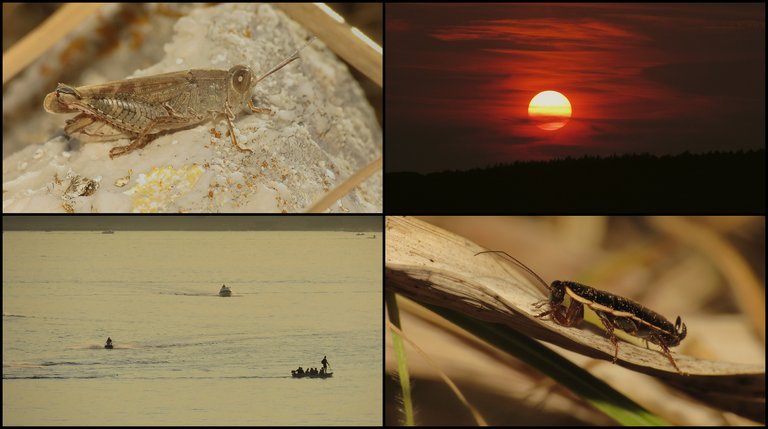
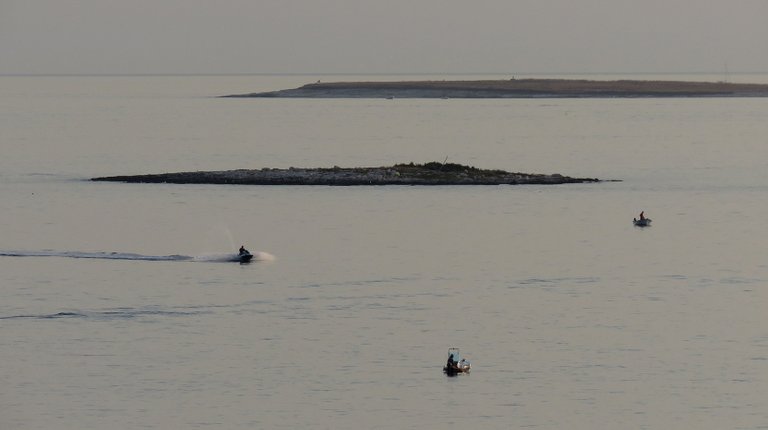
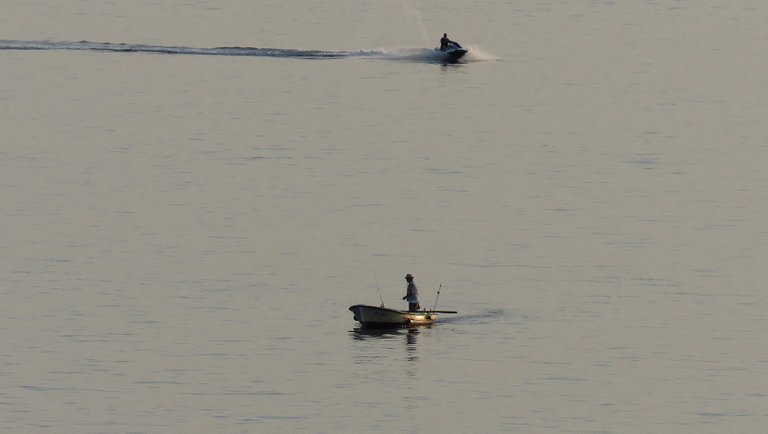

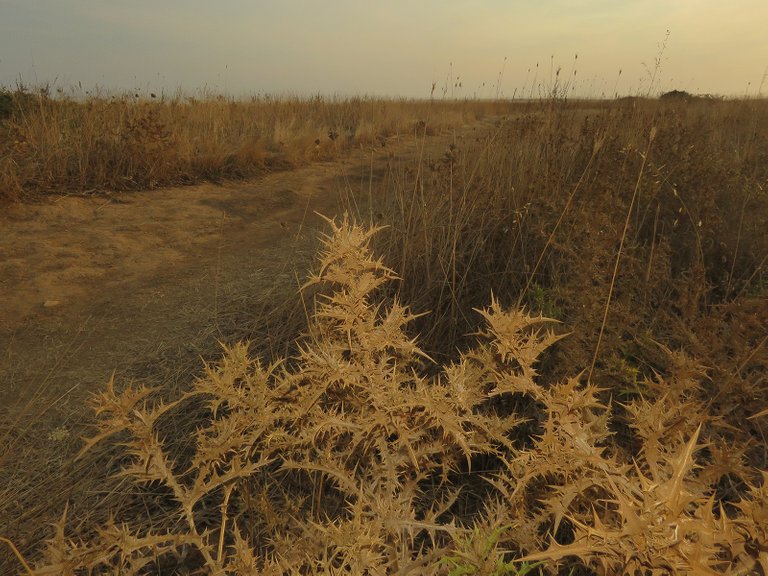
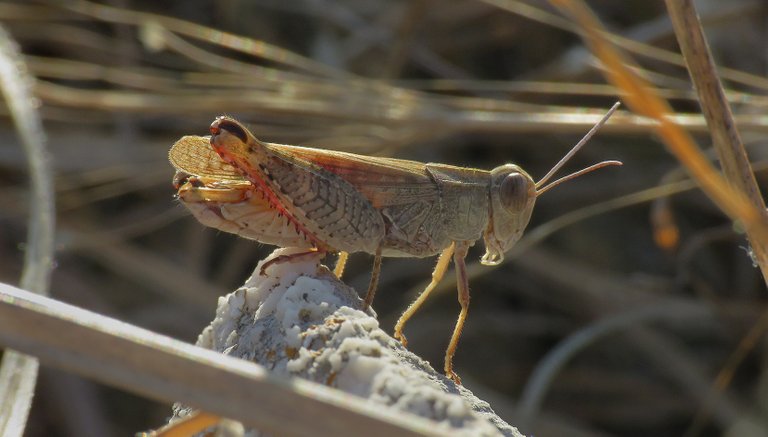
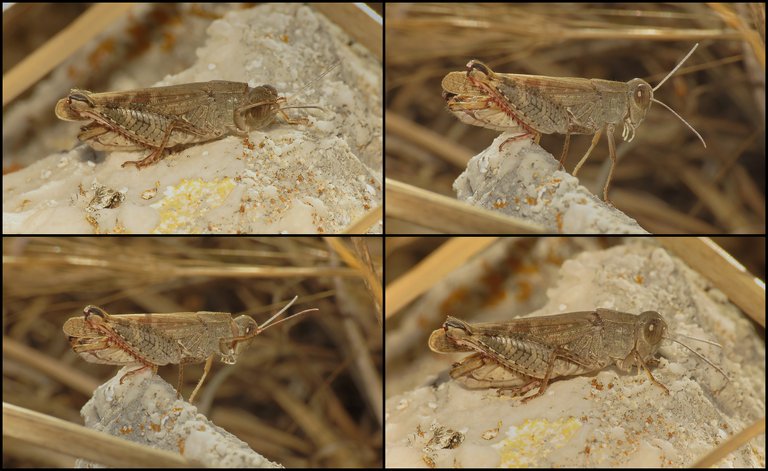
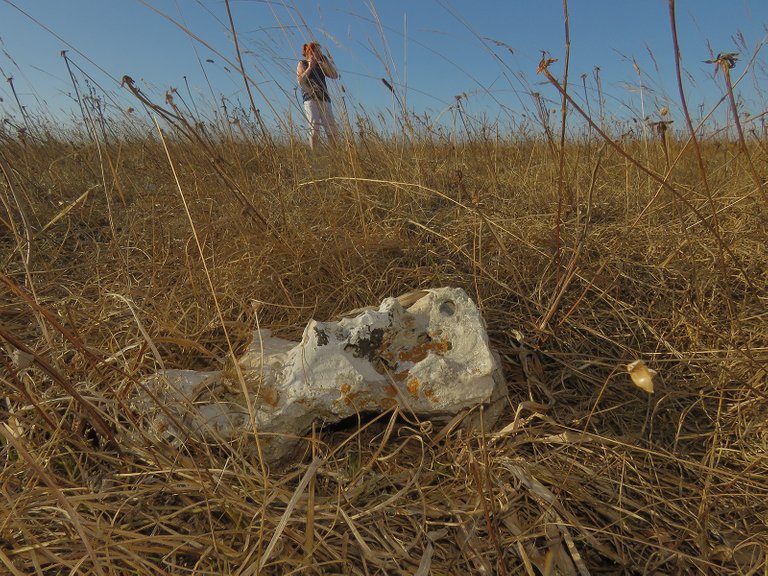
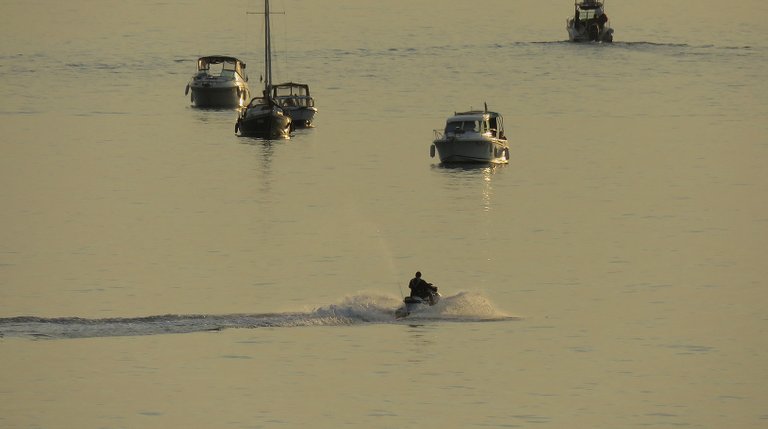

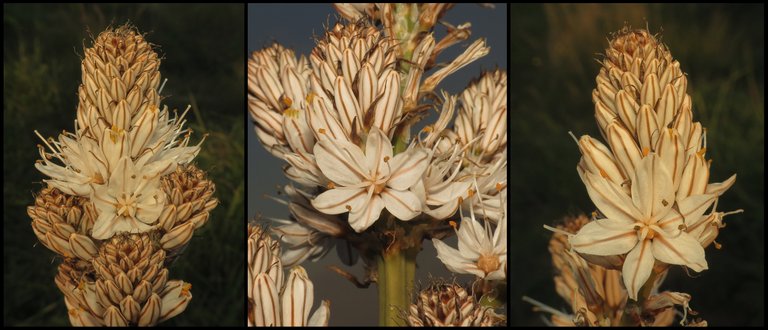
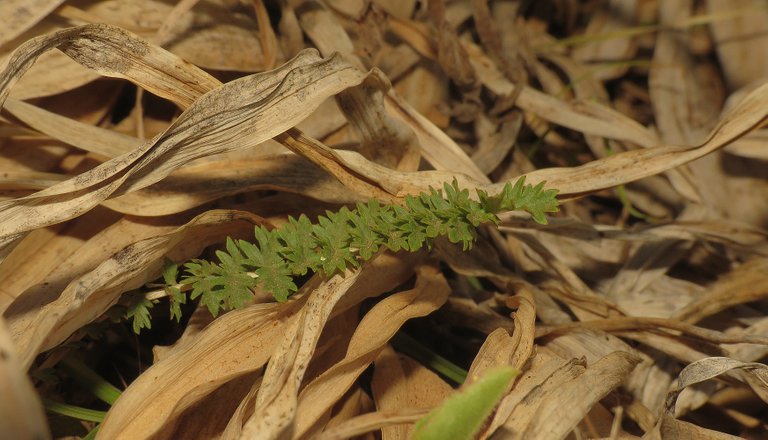
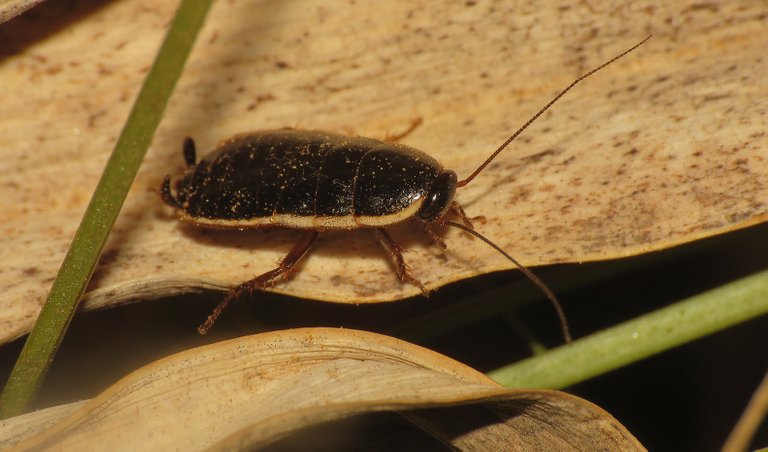

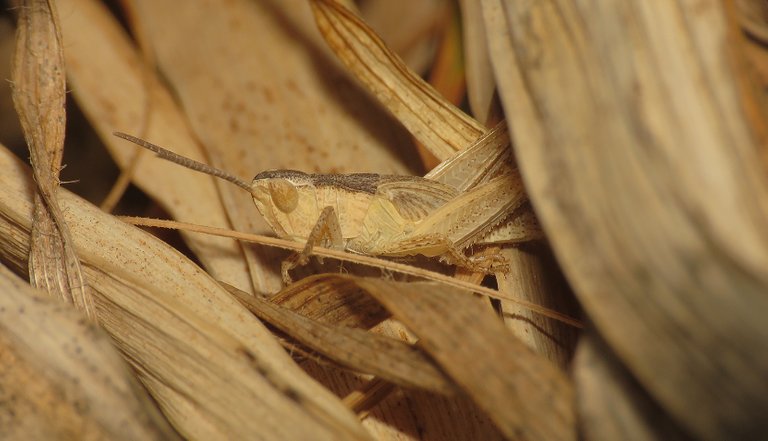

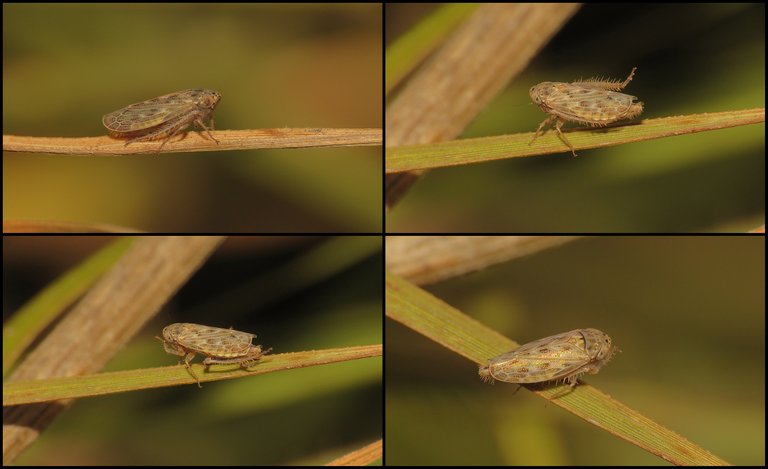
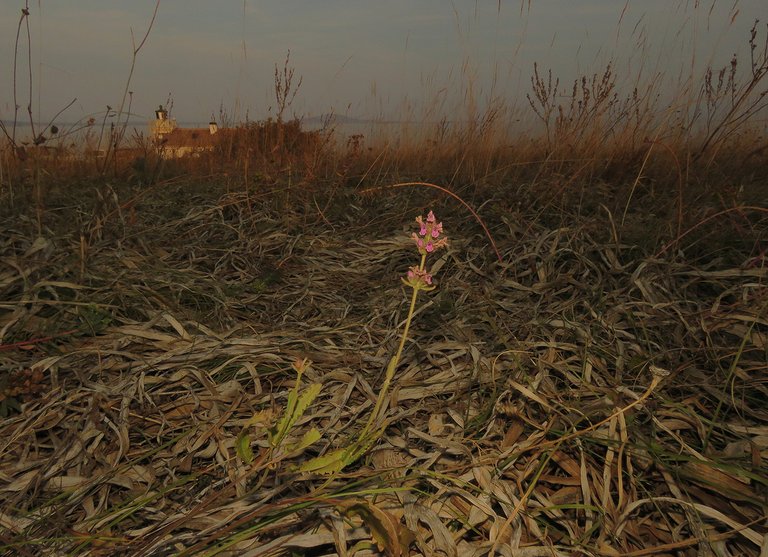


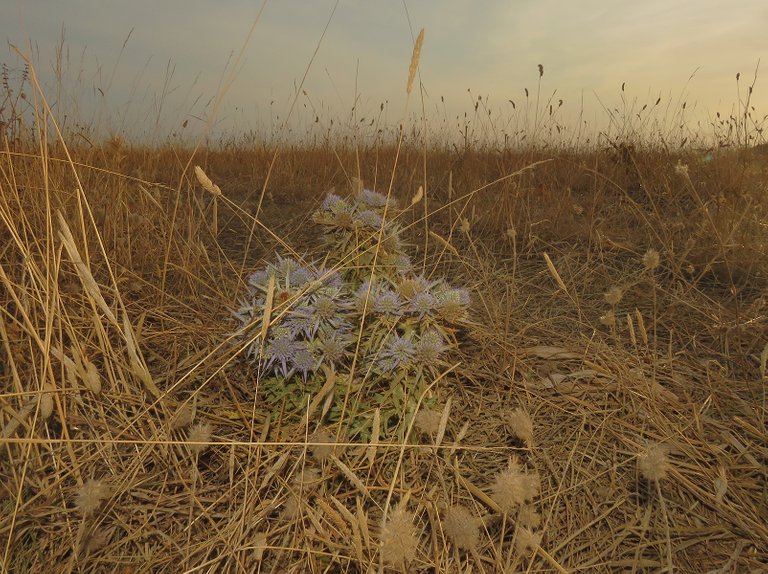
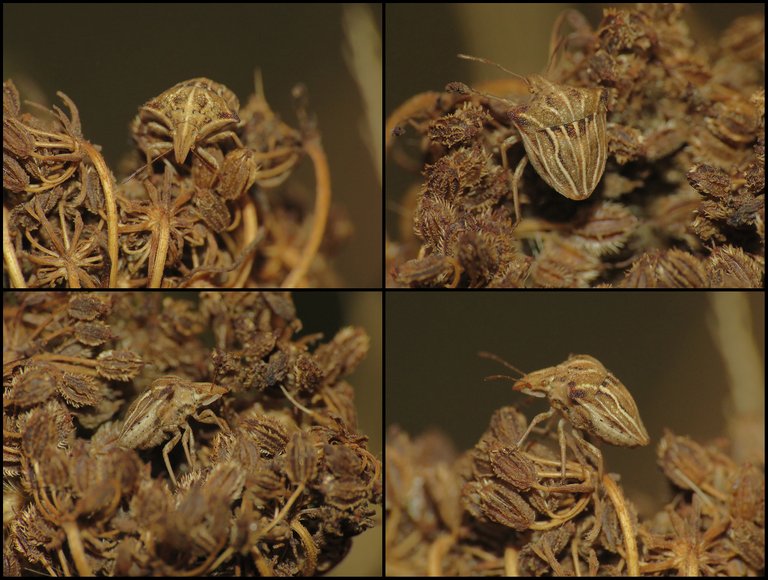
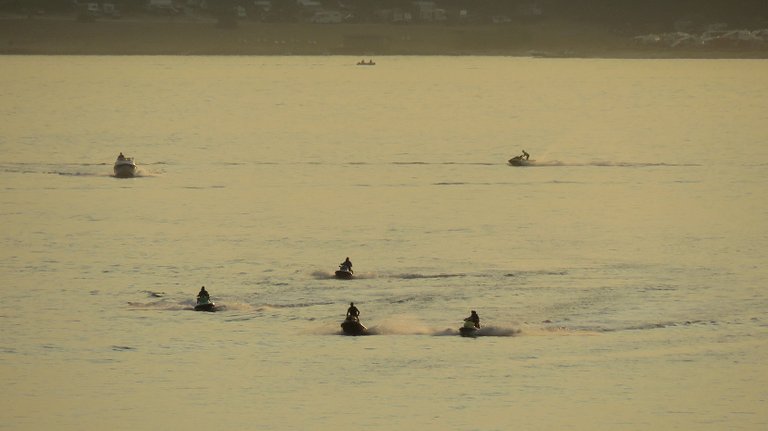
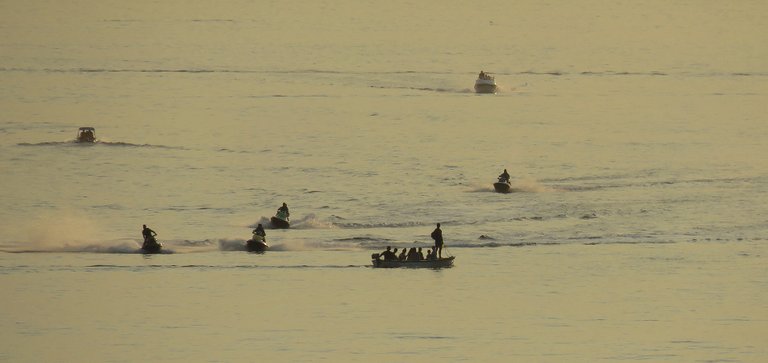
Congratulations, your post has been added to Pinmapple! 🎉🥳🍍
Did you know you have your own profile map?
And every post has their own map too!
Want to have your post on the map too?
I read your complete post. Your photography is always amazing. I really like to know more about insects. You can share informative Knowledge about insects. All insects looks very nice. Overall your photography is awesome. First picture of your photography is my favorite. Thanks for sharing.
https://twitter.com/1475819111271870469/status/1605937644021628931
The rewards earned on this comment will go directly to the people( @ladytitan ) sharing the post on Twitter as long as they are registered with @poshtoken. Sign up at https://hiveposh.com.
Once again you make me marvel at the comprehensiveness of your posts. All the details you provide us, one after the other, give us a complete and detailed idea of the place you reveal to us step by step, taking us there, making us know it, see it and understand it, feel this European Treasure.
Thank you for your wonderful contribution!
!LUV
!PIZZA
@borjan, @soulsdetour(1/4) sent you LUV. | tools | discord | community | HiveWiki | <>< daily
Thank you. 🙂Glad you like the post. I enjoy creating these ... kinda mini-documentaries... without blogging about things on Hive, I think I wouldn't enjoy rambling around and taking photographs that much.
I understand you very well. So am I. I have several thousand photos taken specifically for Hive and the individual communities here. Every time I see something I think of Hive. It's addictive, but also broadens one's horizons as one digs into the details. 😊 It is very interesting.
I gifted $PIZZA slices here:
@soulsdetour(1/5) tipped @borjan (x1)
Please vote for pizza.witness!
Yay! 🤗
Your content has been boosted with Ecency Points, by @borjan.
Use Ecency daily to boost your growth on platform!
Support Ecency
Vote for new Proposal
Delegate HP and earn more
So many nice macro shots! Love the fossils in the rocks. This place must be quite old and perhaps was under the sea.
So good to be near the sea, I would hire a scooter and go for a ride! No sharks, so I shouldn’t be afraid.
🐠🦈😀🐟🦈🦀
HI @borjan , you say ........While I was photographing the spiders and insects... ........this is the best of the photos for me, well, they are all good haaaaaa, you understand, look at the sky, what a beauty, luckily you look up and you manage to take this beauty